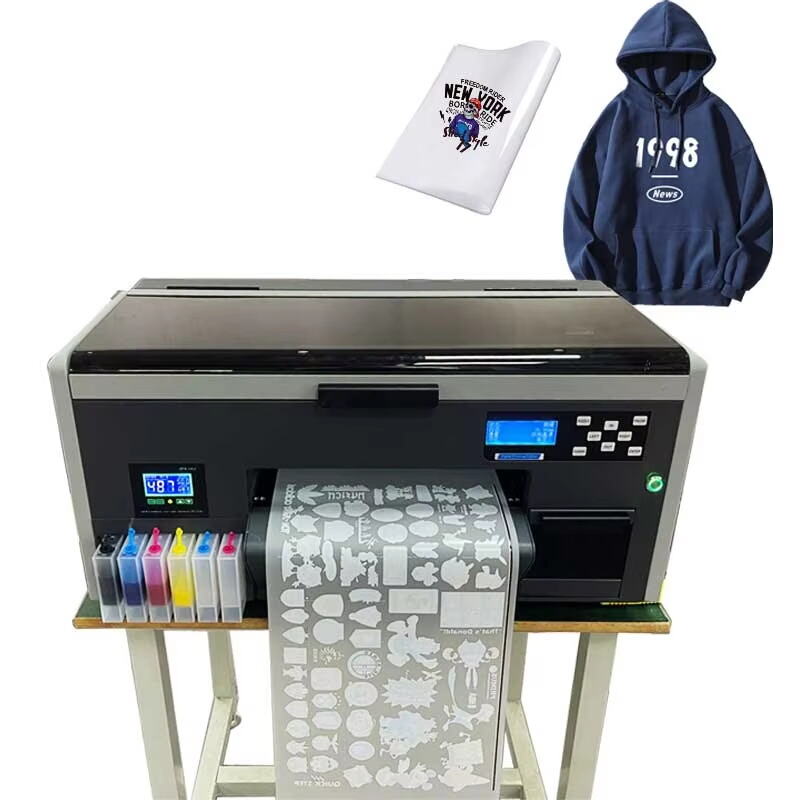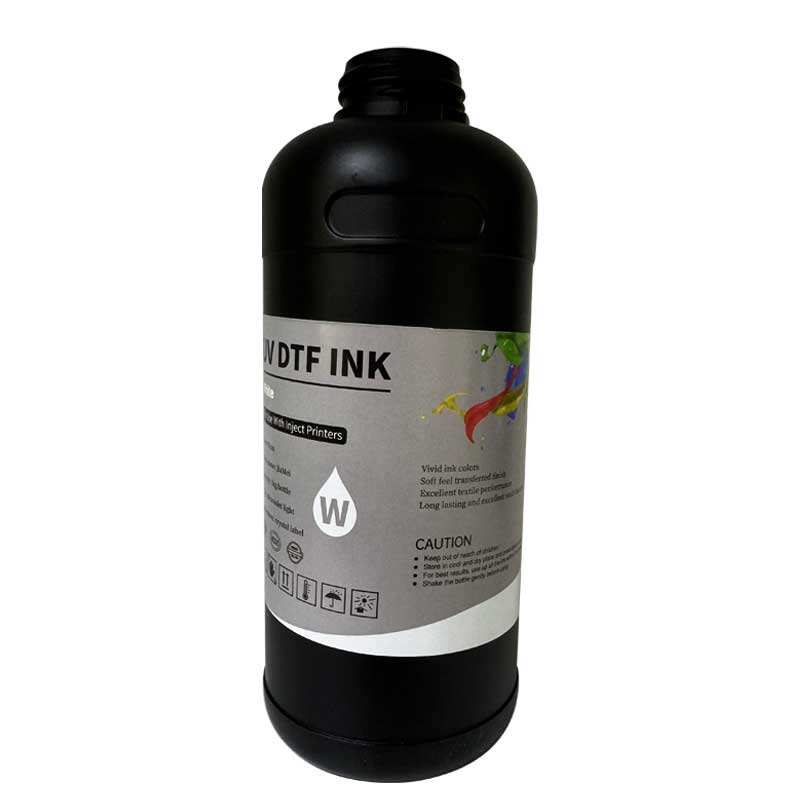screen printer frame
A screen printer frame serves as the fundamental structural component in screen printing operations, providing essential support and stability for the mesh screen during the printing process. This precision-engineered framework, typically constructed from high-grade aluminum or steel, maintains proper tension and alignment of the screen mesh, ensuring consistent print quality across various applications. The frame's design incorporates specific dimensions and reinforcement features that prevent warping and maintain structural integrity under repeated use. Modern screen printer frames feature advanced tensioning systems that allow for precise adjustment of the mesh tension, crucial for achieving optimal print resolution and detail. The frame's construction often includes specialized corner joints and cross-bracing elements that enhance durability while minimizing weight. These frames accommodate different mesh counts and can be customized for various printing applications, from textile printing to electronic circuit board production. The integration of quick-release mechanisms and ergonomic handling features facilitates efficient screen changes and maintenance procedures. Additionally, contemporary frames often incorporate corrosion-resistant coatings and treatments that extend their operational lifespan and maintain consistent performance in diverse printing environments.


